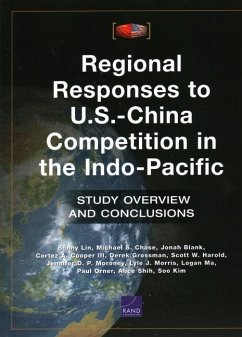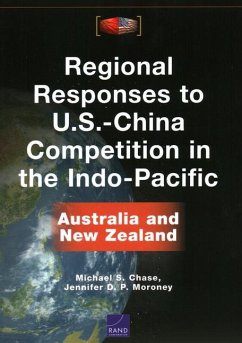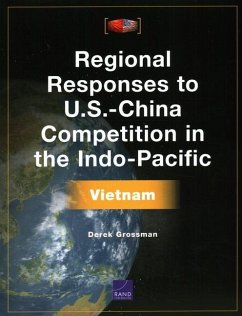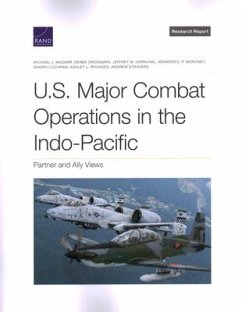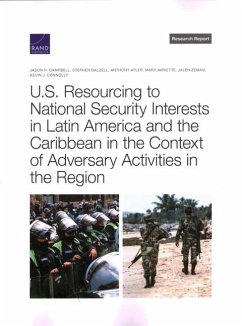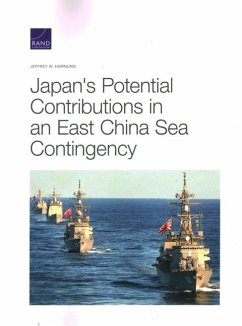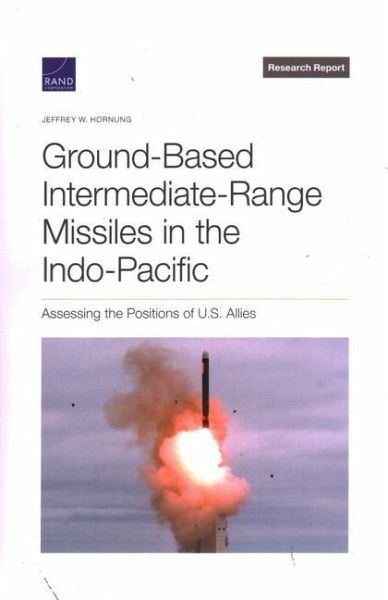
Ground-Based Intermediate-Range Missiles in the Indo-Pacific
Assessing the Positions of U.S. Allies
Versandkostenfrei!
Versandfertig in über 4 Wochen
18,99 €
inkl. MwSt.

PAYBACK Punkte
9 °P sammeln!
When the United States withdrew from the Intermediate-Range Nuclear Forces (INF) Treaty in 2019, it opened for itself the opportunity to develop and deploy ground-based missiles with ranges between 500 and 5,500 km--what this report calls ground-based intermediate-range missiles (GBIRMs). But the U.S. withdrawal also sparked a debate regarding where the United States could deploy such missiles. This became a critical topic in the Indo-Pacific because China was never a signatory to the INF Treaty, enabling it to develop a wide array of capabilities that the United States was prohibited from fie...
When the United States withdrew from the Intermediate-Range Nuclear Forces (INF) Treaty in 2019, it opened for itself the opportunity to develop and deploy ground-based missiles with ranges between 500 and 5,500 km--what this report calls ground-based intermediate-range missiles (GBIRMs). But the U.S. withdrawal also sparked a debate regarding where the United States could deploy such missiles. This became a critical topic in the Indo-Pacific because China was never a signatory to the INF Treaty, enabling it to develop a wide array of capabilities that the United States was prohibited from fielding. Considering this threat, the United States has been hoping to develop and deploy a new conventionally armed GBIRM to the Indo-Pacific, but how U.S. allies will respond to Washington's overtures to host GBIRMs is not clear. The author analyzes the likelihood of U.S. treaty allies in the Indo-Pacific region--Australia, Japan, the Philippines, the Republic of Korea (ROK), and Thailand--hosting U.S. GBIRMs. Because these countries are unlikely to agree, the author also examines alternatives to permanently basing these missiles on allies' territories: (1) U.S. co-development of GBIRMs with and/or sales of GBIRMs to an ally for it to command and control, (2) U.S. deployment of GBIRMs to an allied territory in a crisis, (3) peacetime rotational deployment, and (4) deployment on Guam or one of the Compact of Free Association states. Because of drawbacks with each alternative, the author recommends a variation of the first: helping Japan develop an arsenal of ground-based anti-ship standoff missile capabilities.



